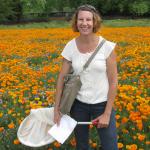Regular updates on projects undertaken by our team of restoration ecologists, entomologists, plant ecologists, and researchers.
The Xerces Society manages the largest pollinator conservation program in the world. We work with people from all walks of life to create habitat for bees, butterflies, and other beneficial insects—and hundreds of thousands of acres of flower-rich habitat have been planted. We also offer certifications: Bee Better Certified for farmers and food companies who are committed to supporting pollinator conservation in agricultural lands, and Bee City USA and Bee Campus USA for cities and colleges dedicated to making their community safer for pollinators.
With staff based in more than a dozen states, and offering a diverse array of expertise, it can be challenging to summarize the impactful work being done. We compile updates from pollinator team members into regular digests. In this edition, Jessa Kay Cruz recounts the hard work needed to track down sources of native plant seeds in the hills of California’s East Bay region and Stephanie Frischie describes the work done on our Soil Life initiative.
Increasing the Availability of Key Plant Materials for Western Monarchs
Jessa Kay Cruz
As has been widely reported in the last several years, the western migratory population of the monarch butterfly is in severe decline, plummeting an estimated 99.9 percent since the 1980s. This decline is due to multiple factors including habitat loss and degradation, pesticides, and climate change. One of the many ways that Xerces is working to protect the western monarch is to increase high-quality habitat throughout the West, particularly in California, which encompasses both overwintering sites and a majority of the butterflies’ migratory path. One of the challenges of creating or enhancing habitat for monarchs has been a lack of appropriate plant materials, particularly early season milkweed.
To address this need, Xerces has been working to increase the availability
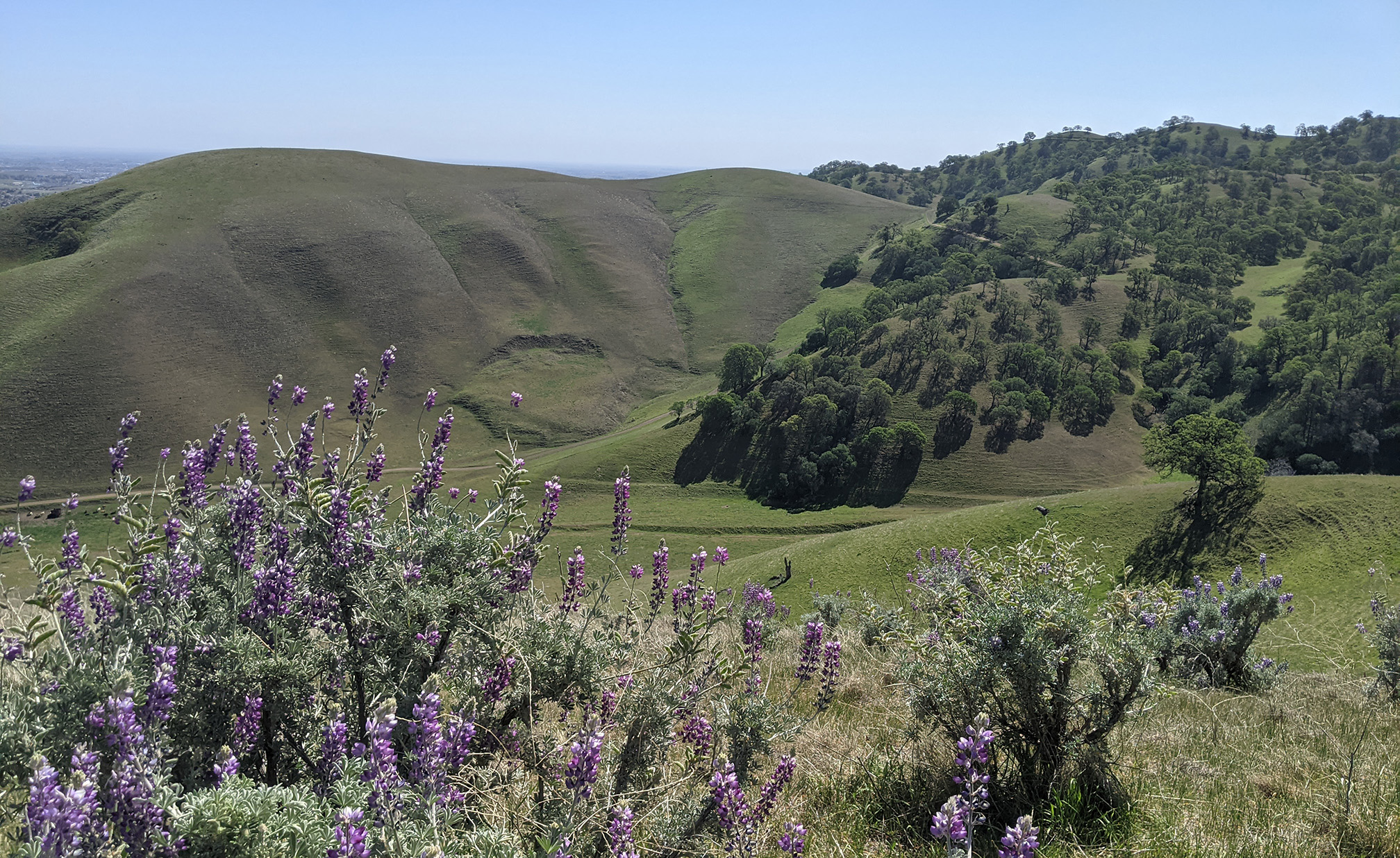
One of the East Bay Parks that were searched for seed sources of California milkweed and other native species. The
Throughout the spring and summer, Xerces staff fanned out through California’s East Bay region, hiking over 100 miles through the rugged terrain of seven different regional parks, in search of these elusive species. We followed sustainable seed collection protocols to avoid over-collecting, and gathered data on the unique micro-habitats these species were found growing in. Ultimately, we were able to collect seed from two important monarch plant species and are ready to begin work on our propagation trials.
This work is supported by grants awarded by the California Wildlife Conservation Board, the California Department of Fish & Wildlife, National Fish and Wildlife Foundation, USDA Natural Resources Conservation Service, US Forest Service and the Bureau of Land Management.
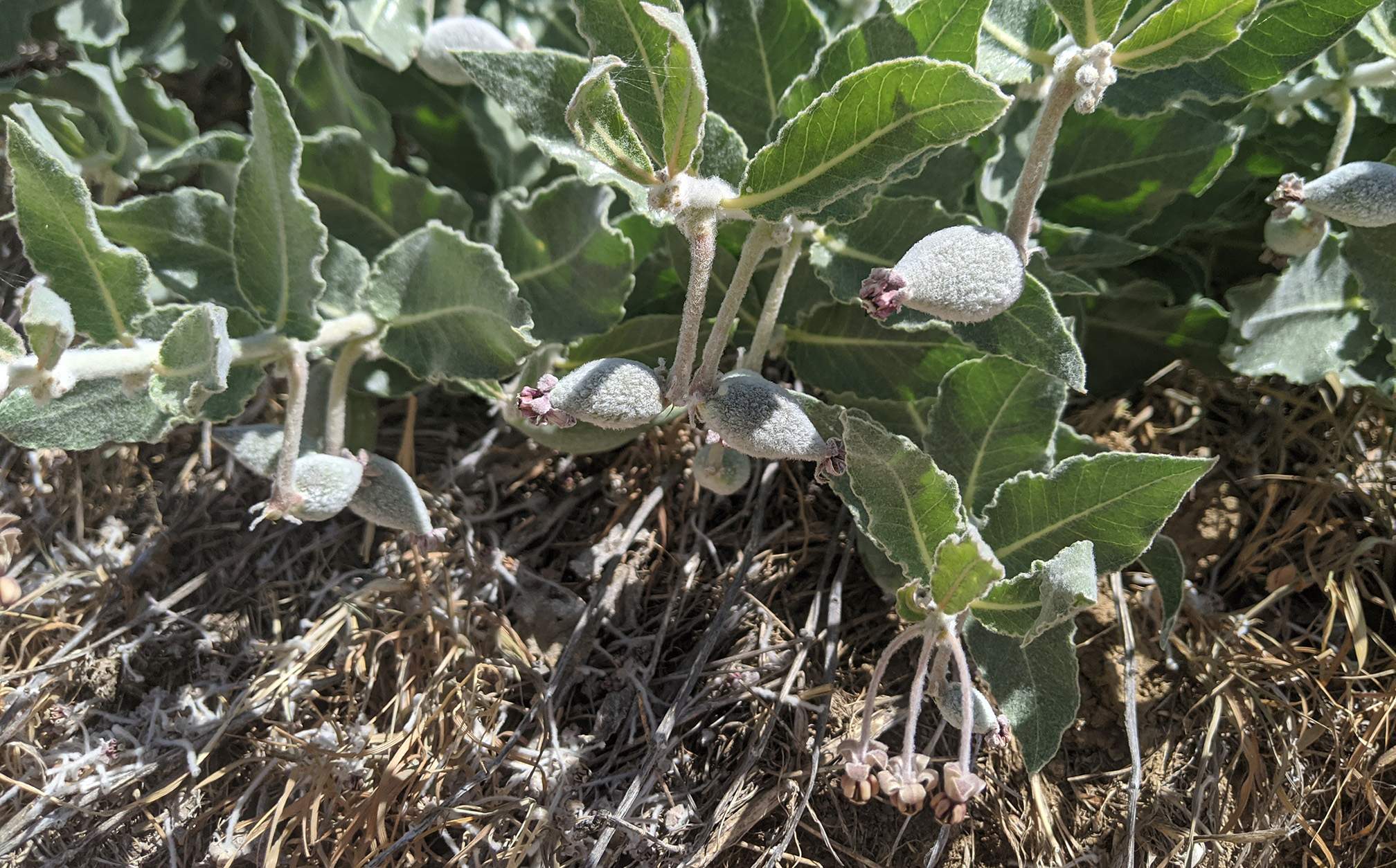
California milkweed with seed pods forming.
The Invertebrates Underground: Xerces’ Soil Life project
Stephanie Frischie
Back in March and April, spring was unfolding over the northern hemisphere. As the migrating birds were arriving for their breeding seasons, buds were swelling, and leaves were bursting aboveground, the soil temperatures were also warming bringing a resurgence of activity underground—and Xerces’ Soil Life initiative had its public debut. Soil contains an amazing diverse and incredibly important range of animals. Our new initiative introduces people to soil invertebrates, including how to recognize and identify them, where they live within the soil, their life cycles, their ecological roles, and offers guidance on land management practices to improve soil health and support this abundance of life.
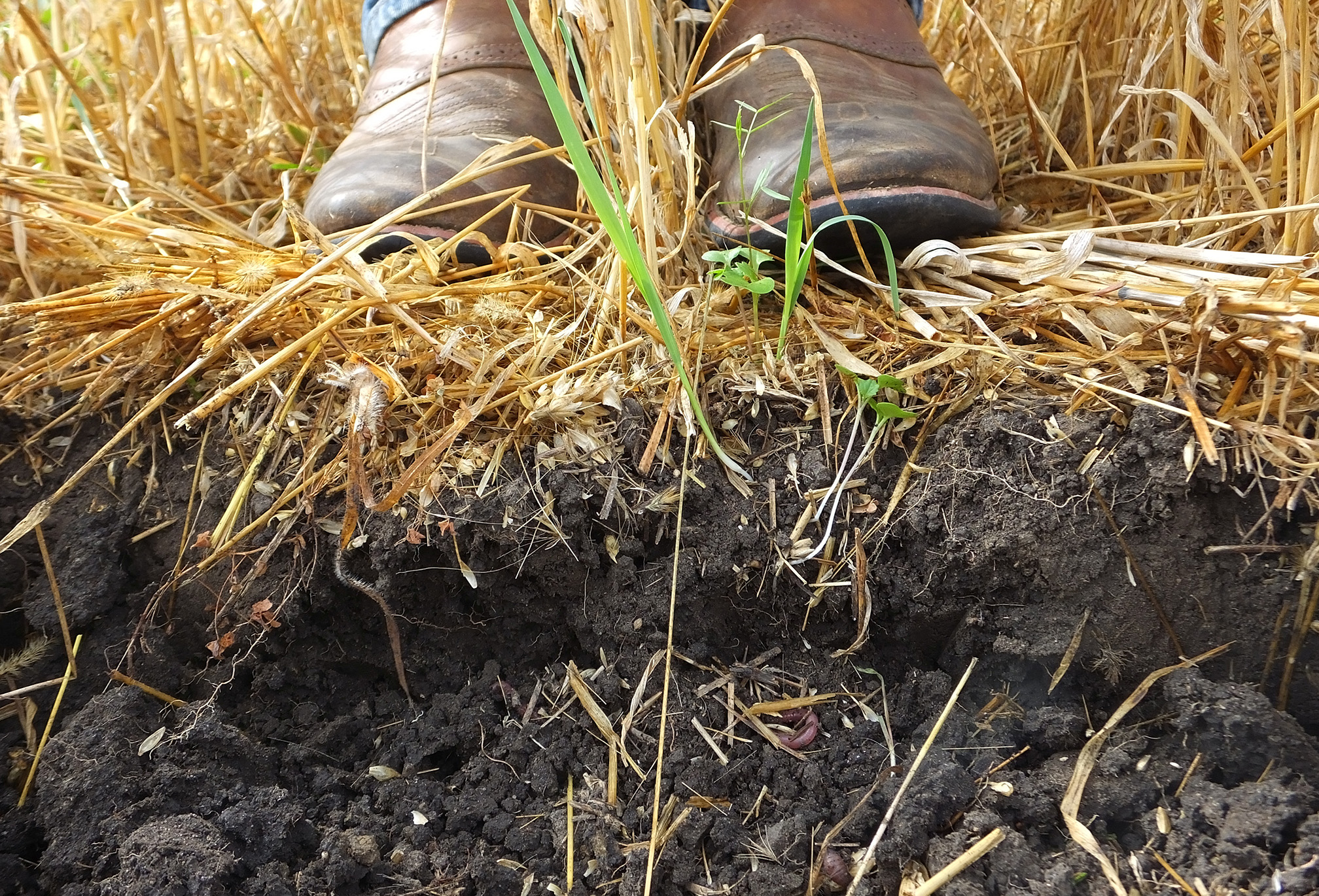
Literally beneath our feet is an amazing rich ecosystem. The Farming with Soil Life handbook features profiles and photos of over 70 soil invertebrate groups, as well as recommended management practices that support beneficial soil animals. (Photo: Colette Kessler, South Dakota NRCS.)
Our work has included the release of the Farming with Soil Life conservation guidelines and a series of online workshops and short courses. The first workshop was done as a session in the online Growing Stronger Collaborative Conference. It was presented by Xerces’ Jennifer Hopwood and me, with farmer Rick Clark. The second presentation, Beneficial Invertebrates in Our Soil, was done through the USDA Natural Resources Conservation Services’ conservation webinar series (the recording can be viewed online). Throughout the spring and summer we presented five online short courses, during which Jennifer and I have been joined by other Xerces staff and guest speakers.
All of these short courses are available on Xerces’ YouTube channel, and Farming with Soil Life and other resources are freely available online for educators, farmers, ag professionals, and anyone interested to learn more about springtails, dung beetles, fireflies, and so much more, and how to farm or garden with soil life in mind. Additional short courses will be presented in fall 2021 and in 2022. Details and registration will be posted on Xerces’ events page. I’m hopeful, ever so hopeful, that when next spring unfolds, we may be able to offer field activities to observe and continue to learn about supporting soil life.
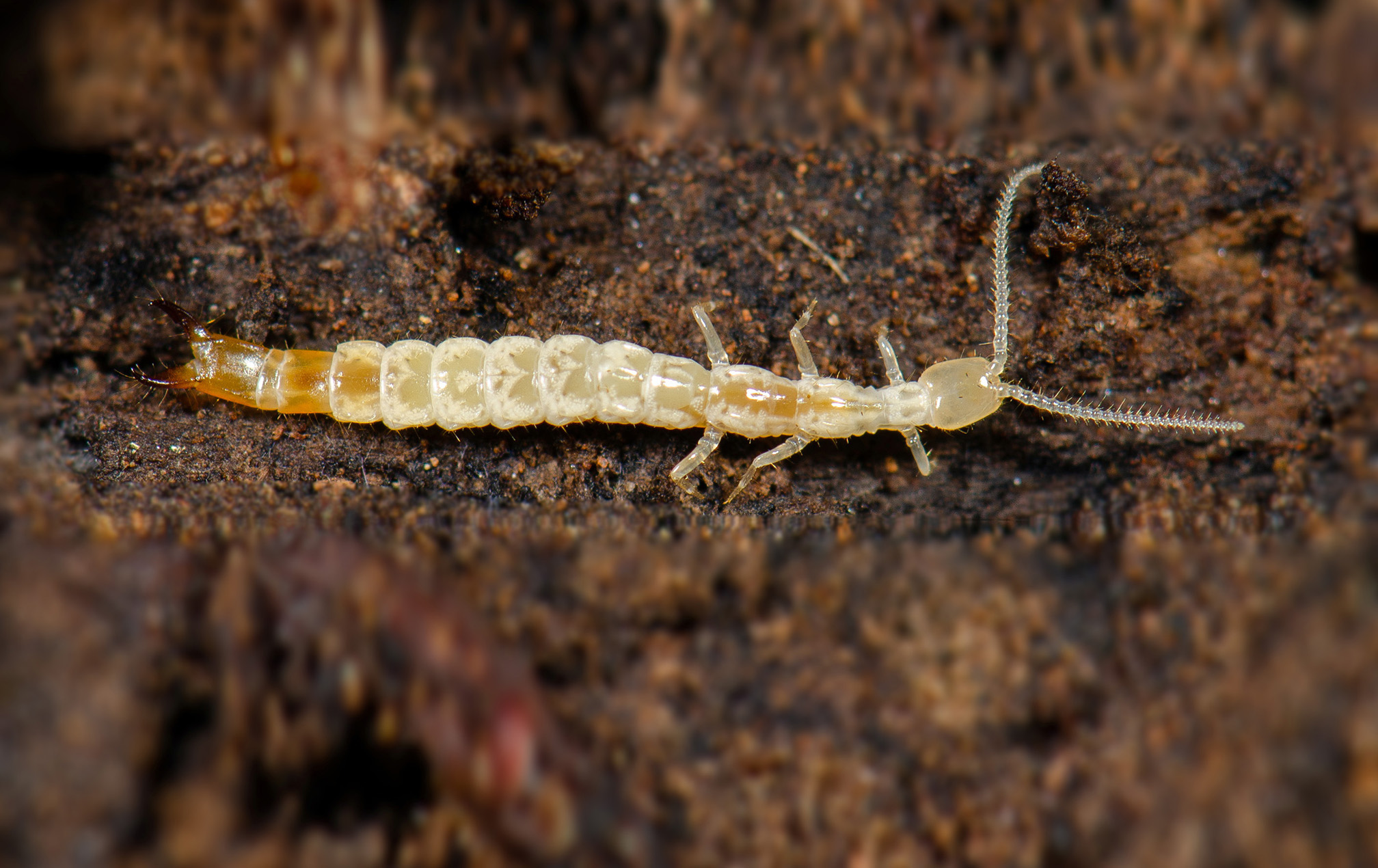
Diplurans are found in leaf litter, rotting wood, and in the top 6–8 inches of soil. A large one may be 0.75 inches long. Those in the family Japygidae, like the one shown here, are predators, eating even smaller soil-dwelling insects! (Photo: Marshal Hedin, Flickr.)
Further Reading
Learn more about the Xerces Society’s Pollinator Conservation Program.
Find out how you can help Bring Back the Pollinators.
Download a copy of Farming with Soil Life.

